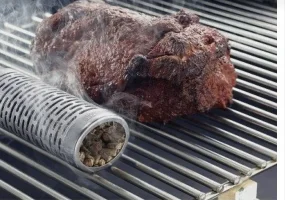Any time estimates are approximate. Always go by temperature measured by a thermometer known to be accurate. Even the 165 F is just an estimate. What you are looking for is when the temperature stalls and the curve reaches a plateau. This typically occurs somewhere between 160-170 F. This is the temperature at which all of the available heat is evaporating moisture from the meat, so the internal temperature ceases to rise for a while, perhaps for several hours. When it reaches the stall point, you can take one of three options:
1. Leave the ambient temperature where it is and wait out the stall. That could take quite a while.
2. Increase the cook temperature to power through the stall by providing more heat than required for evaporation.
3. Wrap the meat in foil or butcher wrap to minimize evaporation. Without the heat loss to moisture evaporation, the internal temperature will rise once again. Some people do not like wrapping as this can soften the bark you have worked so hard to perfect. However, this can also provide an opportunity to add beef tallow or other fat to the cook for added flavor.
With smaller pieces of meat like a rack of ribs, either method can be used. With larger pieces like a brisket, wrapping is common as it greatly reduces the overall time for the cook. However, either of the options can be used if you have sufficient time.
If you do decide to wrap the meat, no additional smoke flavor will be absorbed by the protein. Thus, you could move the cook to an indoor oven rather than the wood pellet grill. The outcome will be similar either way.









